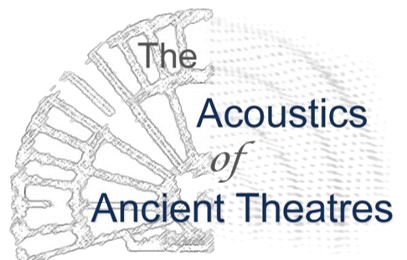
The Acoustics of Ancient Theatres
International Symposium
Verona - Italy, 6 to 8 July 2022
The effects of maxillary dental arch and singing style
Pasquale Bottalico , Mark T. Marunick , Charles J. Nudelman , Jossemia Webster , Maria Cristina Jackson-Menaldi
DOI: https://doi.org/10.58874/SAAT.2022.177
Abstract:In classical singing techniques, it is common to manipulate the vocal tract to channel airflow to increase voice quality and
volume. Although these practices are intentional, fixed physiological aspects of a singer’s vocal instrument also play an
extremely impactful role in determining voice quality. In the present study, the relationship between the dimensions of the
maxillary dental arch and voice quality were examined in professional singers. The dimensions of the palate were measured
from the maxillary dental casts of fourteen female singers. Audio recordings were made for the same participants while
singing. The dimensions of the palate were measured from maxillary dental casts. From the recordings, two parameters
were calculated: (1) the Singing Power Ratio and (2) A2 A1 ratio. Higher SPR values indicate a stronger ring in the voice,
typical of operatic singing style, while higher A2 A1 ratio values are associated with the belting singing style. Singers with
larger frontal palate depth, smaller posterior palate depth, larger frontal palate width, and smaller posterior palate width
seem to be more suitable for an operatic singing style. Singers who had larger overall depth and width of the palate measurements
produced an increased second harmonic, typical of the belting style.
Keywords:
Pages:191-191
Paper:![]()